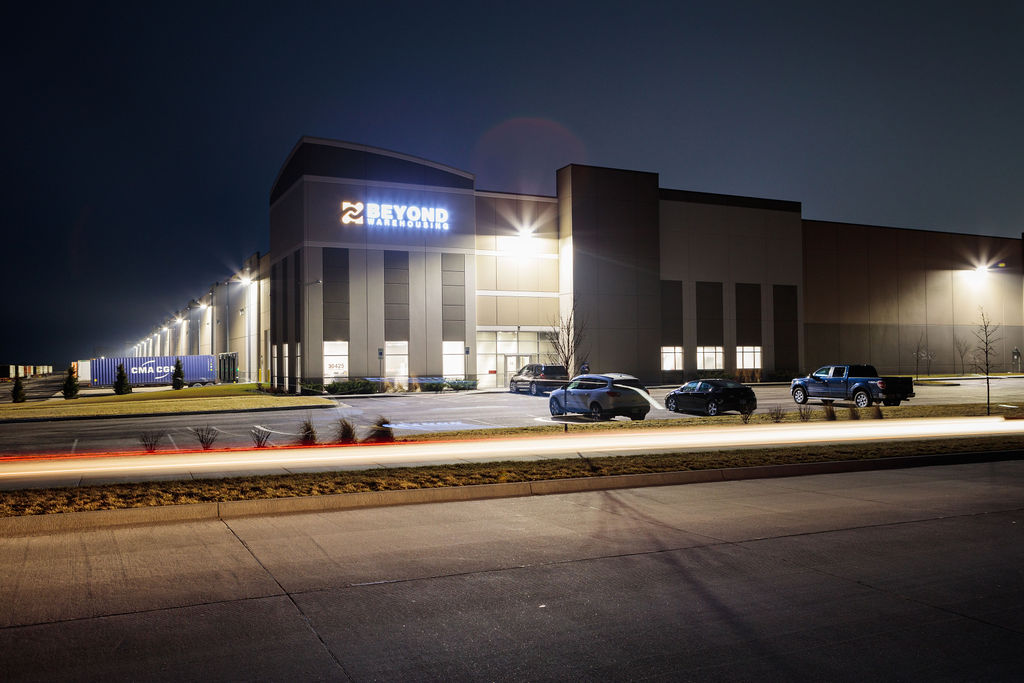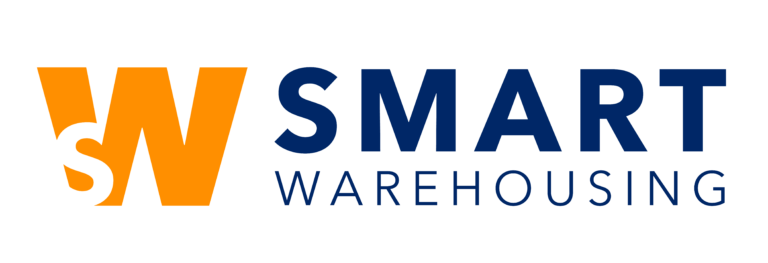Kansas City is well-known for barbecue, music, and Patrick Mahomes, but another notable feature that keeps the area thriving is its industrial development. The region has been well-established as a main center for trade, distribution, warehousing, and manufacturing and is now a leader for international trade. Its central location provides many benefits including an advantageous transportation infrastructure, the Greater Kansas City Foreign Trade Zone, and continuing industrial growth. Businesses in the Kansas City area have been successful because of these benefits that make the region a world-class logistics and supply chain hub.
Largest Rail Center in the U.S. by Tonnage
One valuable element of Kansas City is there are five Class 1 rail lines intersecting the region (Kansas City Southern, Burlington Northern Santa Fe, Canadian Pacific, Norfolk Southern, and Union Pacific). The Kansas City area is distinct in that four of the rail lines have intermodal facilities and three of those facilities are directly next to industrial park developments. Beyond Warehousing is located at Logistics Park Kansas City (LPKC), which is the largest of these developments and the only full-service facility in the western two-thirds of the U.S. LPKC is adjacent to the BNSF intermodal facility, which allows for a heavyweight corridor that has saved businesses money by making it possible for them to ship heavier containers for the same price as a standard container.
The Intersection of Four Major Interstates
The Kansas City region includes the intersection of four major U.S. interstate highways (I-35, I-70, I-29, and I-49). When comparing interstate miles per capita, the area has 30% more than any other city in the nation. Kansas City also scores very low in traffic congestion, meaning people spend less time being delayed by traffic than other large cities. Its prime location in the “Heart of America” and the transportation infrastructure allow 85% of the U.S. to be reached within two days, which has led to Kansas City being identified as one of the top five trucking centers.
Kansas City International Airport (KCI)
The KCI Airport is one of the best locations in the U.S. for air cargo and distribution development. It moves more air cargo than any air center in a six-state region and is expecting the addition of a new airport terminal facility to be completed in 2023. The KCI Airport Single Terminal is the city’s largest single infrastructure project recorded at just over one million square feet. The new terminal will add more efficiency to airline operations including air cargo. KCI is also one of the lowest ranking in delays compared to other U.S. airports because of its uncongested air and ground space as well as a low weather-related cancellation rate.
Largest Navigable Inland Waterway in the U.S.
Kansas City is located on the Missouri River, which is the largest navigable inland waterway in the U.S. Port KC has over 900 feet of shoreline that include three load cells and docking structures for 14 barges. The port terminal has an annual capacity of 800,000 tons and is capable of rail and truck transfer, covered storage, and product distribution. A new 400-acre Missouri River Terminal in the Blue River Corridor is being planned and will provide future growth by attracting well-paying jobs and industry growth. The project was awarded a grant of $9.88 million on Oct. 9, 2020 by the U.S. Department of Transportation, which will drive the project forward.
The Greater Kansas City Foreign Trade Zone (GKCFTZ)
Industrial Growth
Many industries in the Kansas City region are growing. There has been 40 million square feet of industrial development since 2012 and there are over 150,000 logistics and manufacturing employees. A few industries in the area that are booming are ecommerce, automotive, and food and beverage. The area is attracting more and more ecommerce companies because of its central location and transportation infrastructure that allow efficient shipping. Kansas City is the number two auto industry trading hub in North America. Its transportation manufacturing industry is valued at $16 billion and produces over 650,000 vehicles each year. Kansas City has more than 600 companies that are part of the region’s food and beverage industry valued at $226 billion.
Beyond Warehousing
Our Edgerton, Kansas warehouse located at Logistics Park Kansas City allows our clients to take full advantage of the supply chain benefits Kansas City has to offer. Importers take advantage of the rail and heavyweight corridor (one client will save over $175,000 in landed costs in 2020). Distributors and ecommerce clients are benefiting from consistent delivery times due to the central location and lower total shipping costs. If you’d like to learn more about how Beyond Warehousing and our central location might help decrease your supply chain costs, contact us and send us your information.

KC SmartPort: www.kcsmartport.thinkkc.com
Kansas City Business Journal: www.bizjournals.com/kansascity
Kansas City International Airport: www.flykci.com
Port KC: www.portkc.com



